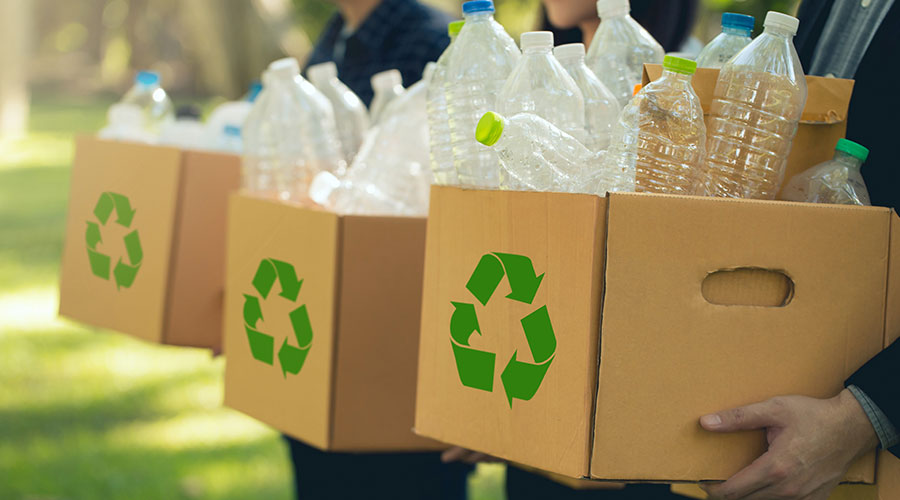Web Resources Grow to Meet Facilities' e-waste Concerns
Advances in technology continue at a rapid pace, and the life cycles of many electronic products, including computers, personal digital assistants and cell phones, are getting shorter. In addition, the electronic components in these products often contain hazardous substances, such as lead, mercury, beryllium, cadmium and arsenic.
These factors have combined to create a growing stockpile of end-of-life equipment that must be dispose of properly, often by maintenance and engineering departments. Managers at K-12 schools often have closets are full of obsolete computers, says Lynn Rubinstein, executive director of the Northeast Recycling Council, a Vermont-based organization.
Thanks to public concerns and legislation regulating the disposal of so-called e-waste, managers now can tap into a growing network of organizations that specialize in recycling electronic products.
More than 400 companies in the United States recycle electronics, according to the International Association of Electronics Recyclers (IAER). Managers can find a list of IAER members that can help ensure proper handling and disposal of their e-waste at www.iaer.org.
The National Recycling Coalition’s Electronics Recycling Initiative also offers a list of links to several resources from electronic manufacturers and retailers aiming to increase recovery of discarded electronics at www.nrc-recycle.org/resources/electronics/industry.htm.
Later this year, Rubinstein says, a law will take effect that will limit the amount of toxic materials European manufacturers can use in electronic devices.
“It will affect the amount of toxins in products in the U.S. as well, but those things are not going to be seen in the garbage for a few years,” Rubinstein says. “First, you have to buy them. Then you have to throw them out.”
Networks of Information
Managers looking for guidance in complying with e-waste recycling legislation and initiatives can check out these web sites:
- The U.S. Environmental Protection Agency’s Resource Conservation Challenge encourages manufacturers, retailers, consumers, and state and local governments to cooperate on a national plan that reduces the amount of toxic chemicals used in electronics. It provides a future infrastructure for recycling and reusing discarded electronic equipment. www.epa.gov/epaoswer/osw/conserve/resources/electron.htm
- The Electronics Industries Alliance (EIA) Consumer Education Initiative offers information on reuse and recycling opportunities for used electronics. These opportunities include state and local collection programs, charitable organizations, and recyclers that accept used electronics. EIA is a national trade organization representing more than 80 percent of the electronics industry. www.eiae.org.
- The National Conference of State Legislatures offers information on major e-waste bills passed in the states since 2001, pending state legislation, and links to industry initiatives and associations. www.ncsl.org/programs/environ/cleanup/elecwaste.htm
Related Topics:











